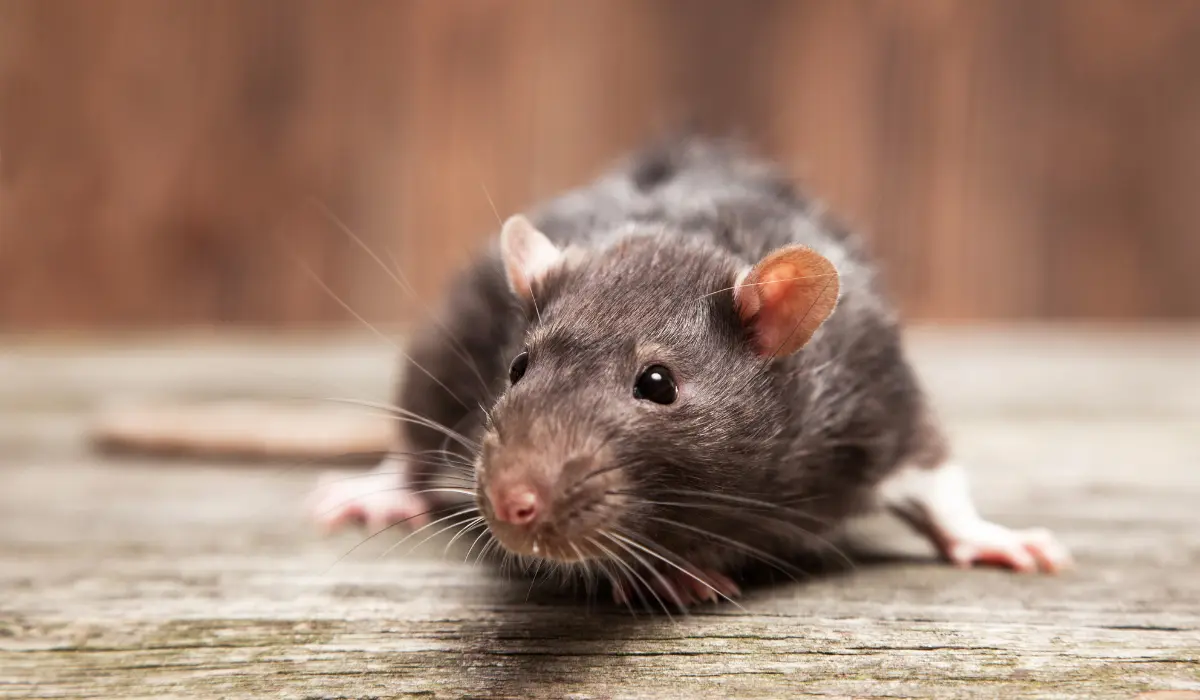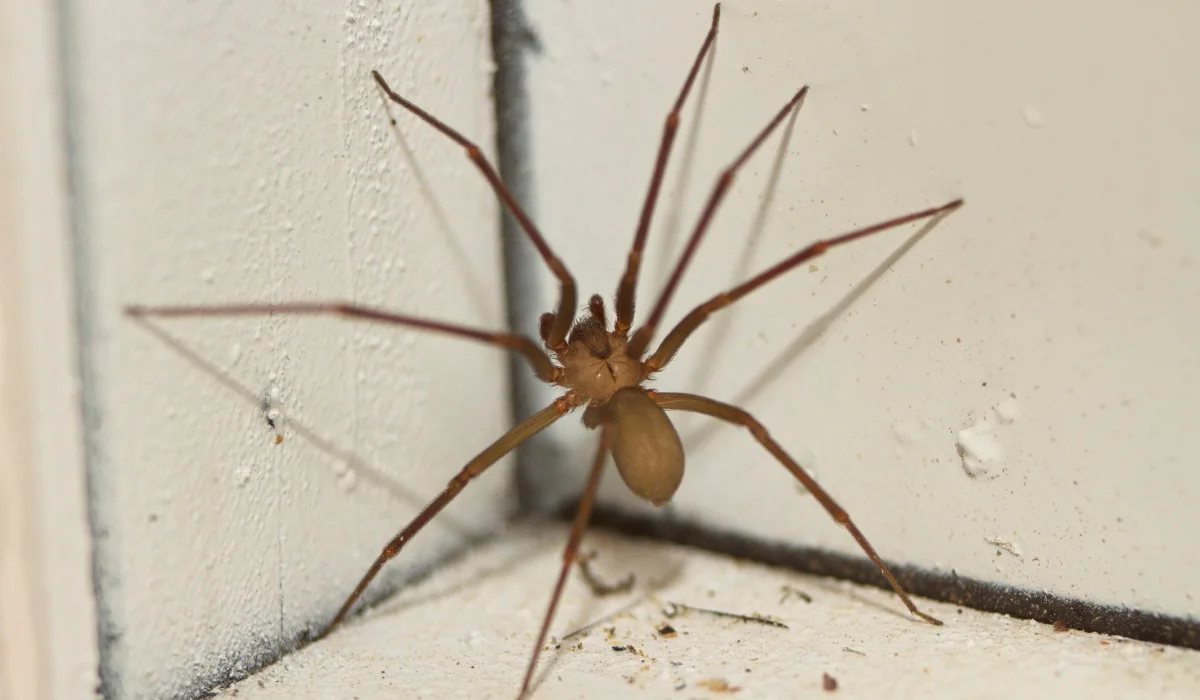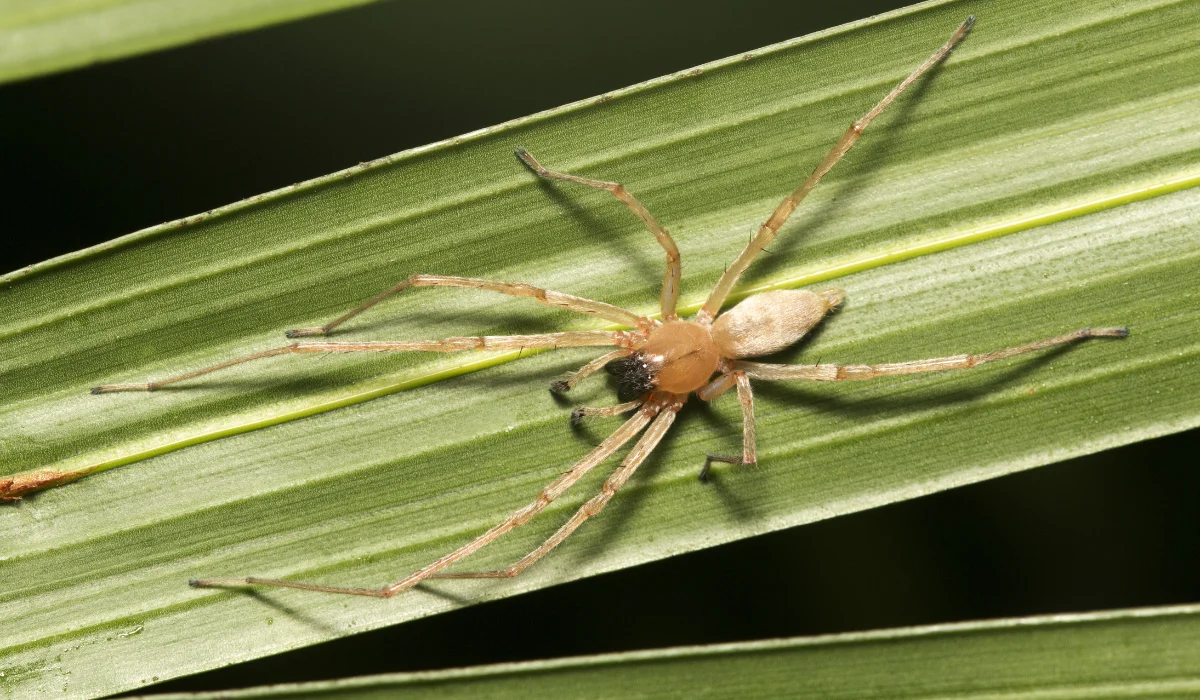Dealing with a clever rat that avoids your traps can be frustrating. Smart rats, like roof rats and Norway rats, are known for their ability to adapt and outsmart common trapping methods.
Whether it’s chewing through your crawlspace insulation or leaving droppings behind your appliances, these critters can make life at home a headache. Fortunately, you can catch even the smartest rat with the right techniques and tools.
Key Takeaways
- Telltale signs of rats include droppings, chew marks, greasy smudges, and scratching noises that indicate their activity.
- The right trap type—snap traps, glue traps, live traps, or bait stations—can effectively address specific infestation needs.
- The best bait for traps includes peanut butter, dry pet food, bacon, cheese, fruit, or shredded nesting materials.
- Strategic trap placement, thorough cleanup, sealing entry points, and professional pest control ensure successful rat control.
TIP 1. KNOW THE SIGNS YOU HAVE A SMART RAT PROBLEM
Before setting rat traps as part of your rodent control, you must confirm that you’re dealing with a rat infestation.
Rats in Louisiana leave behind telltale signs of their activity:
- Rat droppings near food sources, in your attic, or along runways.
- Chew marks on wood, wires, and food packaging.
- Scratching noises in the walls, attic, or crawlspace—often at night.
- Greasy smudges or tracks along walls, indicating well-traveled paths.
These signs help you determine where to place traps and what type of rat—roof rats or Norway rats—you might be dealing with.
TIP 2. CHOOSE THE RIGHT TYPES OF TRAPS
Catching a smart rat often comes down to using the right trap for the job. Here are some of the best rat trap options:
Snap Traps
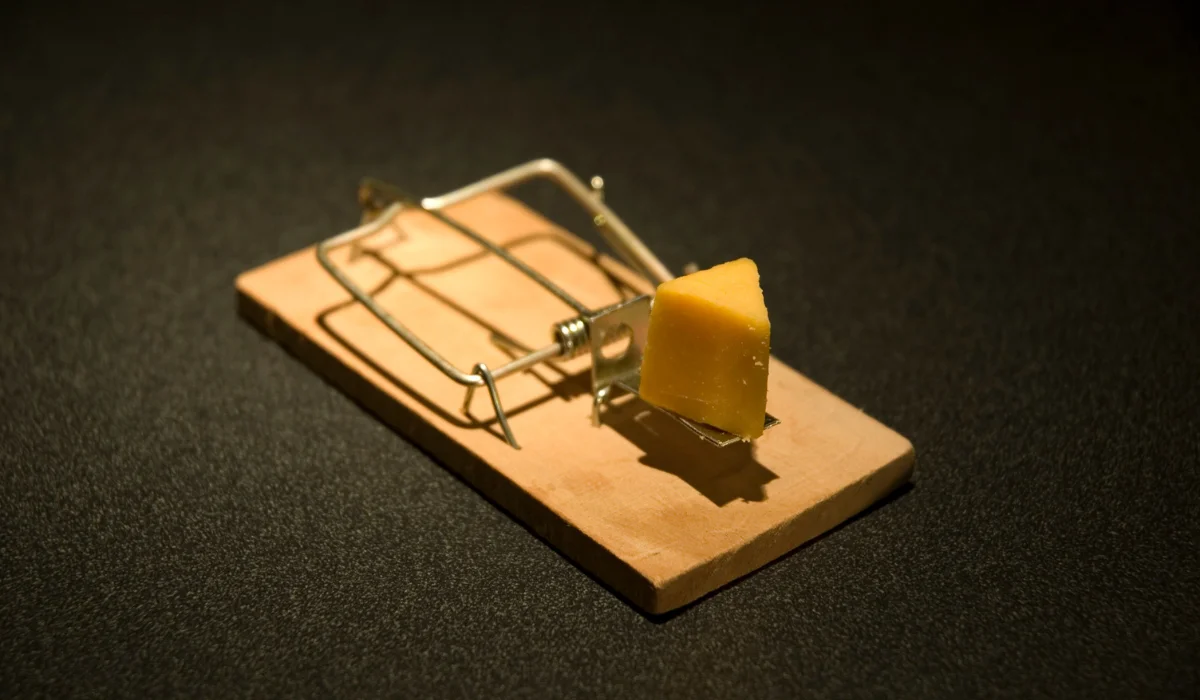
Snap traps are quick, humane, and effective when placed correctly. Brands you can find on Amazon, like Victor and Tomcat, make reliable options. Place snap traps along runways or near droppings for the best results.
Glue Traps
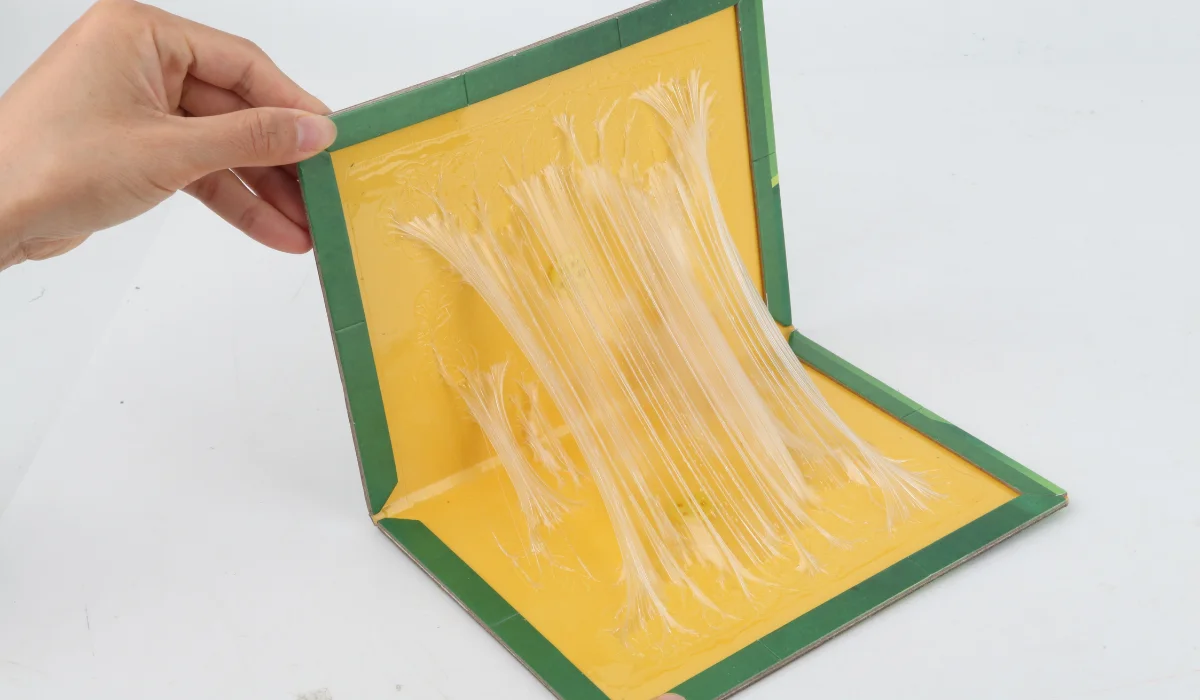
Glue traps can help catch rats in high-traffic areas. Be aware, though, that larger rats may escape glue traps if they’re not well-secured.
Live Traps
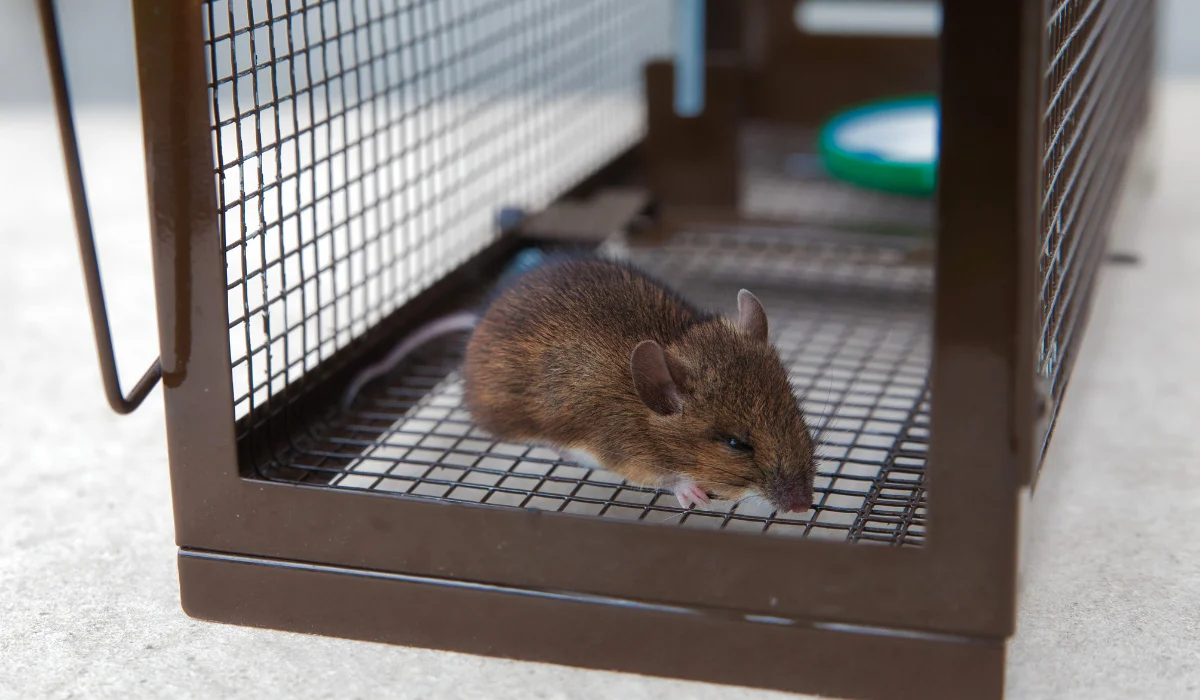
For those who prefer humane methods in pest management, live traps allow you to catch and release rats. These traps work well when baited with food like peanut butter or nesting materials.
Bait Stations
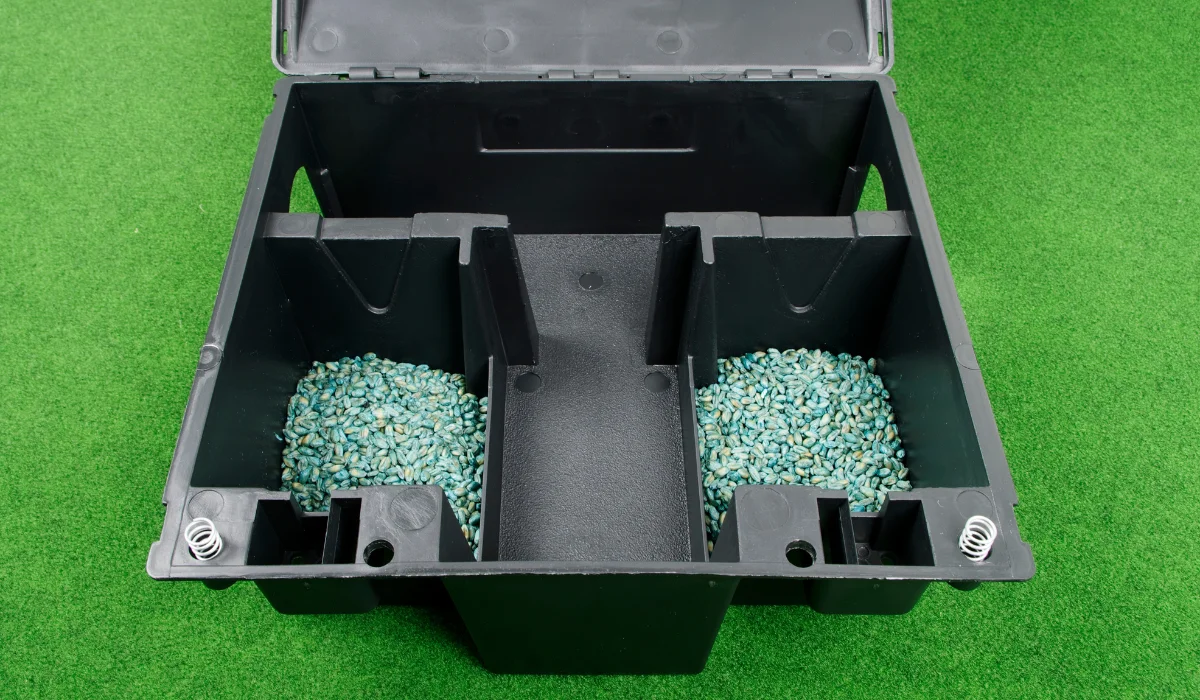
Bait stations are great for managing a rat population over time. They contain rat poisons as bait in a tamper-resistant container, making them safe to use around pets and kids.
TIP 3. USE THE BEST BAIT TO LURE SMART RATS
Smart rats are picky eaters and often suspicious of new food sources. Using irresistible bait is essential to getting them to interact with your traps.
Some of the best bait for rats includes:
- Peanut butter
- Dry pet food
- Small pieces of bacon or cheese
- Fruit slices or seeds
Nesting materials like shredded paper can also appeal to rats who want to gather supplies for their nests. Experiment with different baits to find what works for your rat problem.
TIP 4. PLACE RAT TRAPS STRATEGICALLY
When you trap rats, strategic trap placement is critical. Here’s where you should focus:
- Entry points: Look for gaps around doors, windows, and pipes.
- Runways: Place traps along walls where rats commonly travel.
- Food sources: Set traps near pet food bowls, pantries, or any uncovered food.
- Nesting areas: Check attics, crawlspaces, and behind appliances for signs of nests.
When dealing with roof rats, focus on elevated areas like rafters or shelves. For brown rats or Norway rats, keep traps closer to the ground near their burrows.
TIP 5. PRE-BAIT TO OUTSMART SMART RATS
Smart rats are neophobic, meaning they’re cautious about new objects like traps. To counter this, try pre-baiting:
- Place bait in areas where you’ve seen activity, but don’t set the trap.
- Allow the rat to get comfortable taking the bait over several days.
- Once the bait is consistently eaten, set the trap.
This method builds trust and increases the likelihood of success when you set the trap.
TIP 6. CLEAN UP AFTER CATCHING SMART RATS
After catching a dead rat, dispose of it in a sealed plastic bag and place it in an outdoor trash bin. Clean areas where rat populations were active with disinfectant to remove pheromones and urine stains that might attract others.
Inspect your home for additional nests or signs of activity. Check traps daily and reset them as needed until the infestation is fully resolved.
TIP 7. SEAL ENTRY POINTS TO PREVENT FUTURE INFESTATIONS
Catching only one doesn’t mean the problem is solved when killing rats. Inspect your home for entry points, including cracks in the foundation, gaps around utility lines or vents, and openings in your attic or roof.
Seal these areas with steel wool, caulk, or metal mesh to block access. By removing these entry points, you can make your home less appealing to critters.
WHEN TO CALL A PEST CONTROL COMPANY
Sometimes, DIY-baited traps aren’t enough to manage a severe rat infestation. If you’ve set multiple traps and still hear scratching in your walls or find new rat droppings, it may be time to call a professional exterminator.
At LaJaunie’s Pest Control, we specialize in smart rat removal and prevention, helping you keep your home safe and critter-free. If you need assistance to get rid of rats for good, don’t hesitate to contact us today.
 By: LaJaunie's Pest Control
By: LaJaunie's Pest Control 